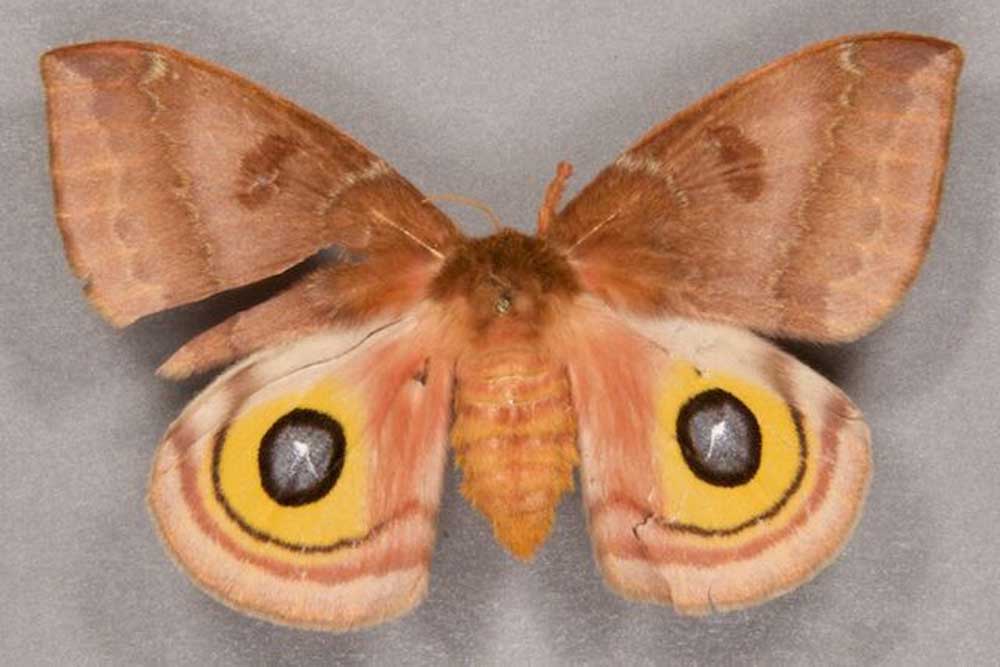Master Gardener: Good moths bad moths
Published 8:00 pm Wednesday, April 27, 2022

- The automeris io moth.
Gardeners must know (or be able to learn) a variety of subjects and skills if they are to be successful. Types of soil, quality of seeds and plantings, seasons, temperatures and varieties of pollinators all come to play when gardeners invest their time and resources into horticultural projects.
It seems that the subject of pollinators is one that rarely gets attention, certainly not mine as a novice gardener, so I began to research what will be available to my soon-to-be plants to assure that they are successful. Bees, check! Butterflies, check! Hummingbirds, check! Moths, what? Moths?
My earliest recollection of moths is not from chasing them with a butterfly net or seeing them in gardens. Rather, it was a lesson taught to me by my paternal grandmother in the attic of the Rodgers’ Oklahoma farmhouse. She explained (and well knew) that moths weren’t the same as butterflies, and they were very destructive. This explanation led to her showing me a large cedar chest in which she stored her treasured woolens and delicate fabrics. This meant that every girl, young bride, and mother of her day should have a cedar chest to protect their valuables.
As I’m now probably older than my grandmother was when she taught me that lesson, I remember what she said, but I also know that there is certainly a reason God made moths, and it must be far more important than eating holes in my cashmere sweaters.
What comes to light with a bit of research is that nocturnal moths play a big ecological role. A study conducted by University College London (UCL) suggests that the work of moths “complement the work of daytime pollinators, helping to keep plant populations diverse and abundant.”
The UCL study reports that earlier studies have focused on the transportation of pollen via the proboscis; whereas this new study reveals that moths actually “sit” on the flower while feeding, “with their often distinctly hairy bodies touching the flower’s reproductive organs. This happy accident helps pollen to be easily transported during subsequent flower visits.” The report concluded that the moths in the study transported more pollen than bees and butterflies.
While it’s also true that many of the thousands of moth varieties (via their caterpillars) do significant damage to crops, peach orchards, pine plantations, pecan trees, squash, cabbages, corn, tomatoes (ugh, the dreaded hornworm), dogwood trees, stored grains, as well as natural textiles such as carpets and rugs, they are proven to be valuable pollinators. (They are also great food for the nocturnal bats, and songbirds love their caterpillars.)






